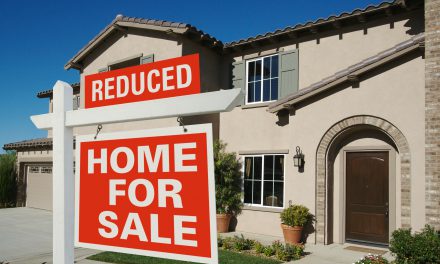Are you seeing more single households purchasing, renting and or/investing in your real estate market?
- Yes (67%, 44 Votes)
- No (33%, 22 Votes)
Total Voters: 66
To view an interactive map provided by the New York Times highlighting the percentage of single households in your area, either “zoom to a state” or type in your city or zip code.
The number of single person households in the nation has doubled in the past 50 years, with 28% of households consisting of one person, according to U.S. census data. 18 million women and 14 million men reside alone in the U.S., meaning that the majority of single households consist of women. This is especially true for singles over 55. Today, the majority of older widowed and divorced individuals live alone, with only 20% of widows choosing to move in with a child, down from 70% a century ago.
Of the 32 million single households in the U.S., five million consist of individuals between 18 and 34 years old, ten times more than that age group in 1960. While the economic downturn may discourage some young singles from leaving their parents’ households, the general trend continues to grow, as one million more single households exist today than in 2010.
Unsurprisingly, large cities have the highest percentage of single people living on their own, referred to as singletons. In California, 40% of San Francisco’s residents live alone, as do 30% of Los Angeles residents. [For an analysis of city and suburban growth and demographics, see the January 2012 first tuesday article, Suburban demographics refute city growth.]
One-third of the single family residences (SFRs) purchased in the U.S. are purchased by singletons, with women more likely than men to purchase property on their own.This influx of women buyers is partially due to laws introduced in the past 50 years that prohibit employers and lenders from rejecting applicants due to sex or marital status.
Homeownership has increased for singletons as the population is at present forming multiple-person households later in life. Thus, purchasing a home is seen as an alternative key moment in transitioning to adulthood, and a mark of success.
The real estate industry is beginning to market to these singletons by advertising the urban, amenity-rich lifestyle that singles enjoy. This lifestyle consists of luxury buildings that boast amenities like billiard lounges, sun terraces, health clubs and party rooms.
As an economic force, the average annual expenditure for singletons is $34,471 per capita, compared with $28,017 for married individuals without children and $23,179 for the highest spending individuals with children, according to the federal Consumer Expenditure survey. Altogether, singletons spend 1.9 trillion dollars per year.
first tuesday take:This is worthy of reporting, and storing its information for marketing purposes. Brokers and agents have to lean into the trends, not fight them, whether by ignorance or intent.
The report gives a breakdown of the female male probabilities for purchase of a condo or SFR, of help in figuring out the market segment one wishes to work.
Re: “Solo nation: American consumers stay single” from Fortune; and “One’s a Crowd” from the New York Times














